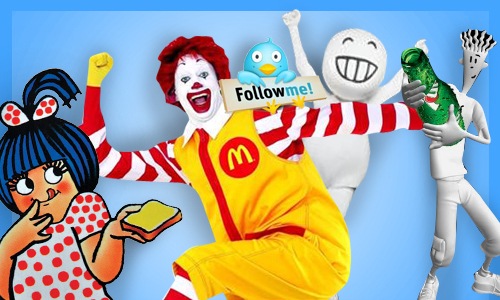
From the utterly-butterly Amul’s mascot girl to the Air India’s Maharajah, mascots have been endearing brands to consumers over the years, creating a strong recall and connect beyond advertising and marketing drives.
While the Amul Girl has been giving her witty takes on current happenings, the Maharaja always welcome guests with a gracious bow.
In an age of social media, these mascots are still creating a strong recall for their respective brands. Take a look.
The ‘Amul Girl’:
Amul girl refers to the advertising mascot used by Amul, an Indian dairy brand. The Amul girl is a hand-drawn cartoon of a young Indian girl dressed in a polka dotted frock with blue hair and a half pony tied up.
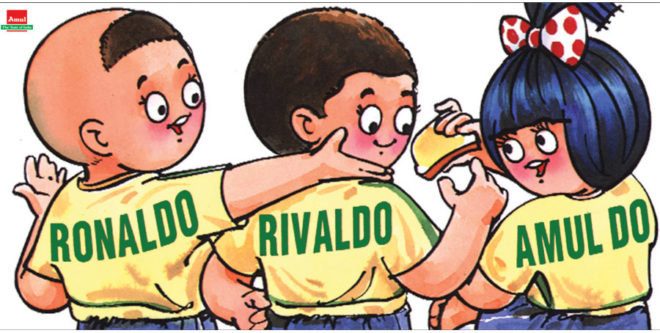
Adding satire and her quirky take on everything since 1966, the ‘Amul Girl’ has stood the test of time with her sometimes controversial one-liners.
It was executed by Sylvester Da Cunha, the owner of the agency and his art director Eustace Fernandez on hoardings, painted bus panels and posters in Mumbai. The mascot, since then, has been mobilized to comment on many events of national and political importance like the Emergency in India in 1976.
Vodafone ZooZoos:
ZooZoos are advertisement characters promoted by Vodafone India since the Indian Premier League Season 2 (IPL) in 2009. ZooZoos are white creatures with ballooned bodies and egg heads who are used to promote various value-added services of Vodafone. These characters are played by human actors in body suits. The ads were created by Ogilvy & Mather, the agency handling Vodafone advertisements.
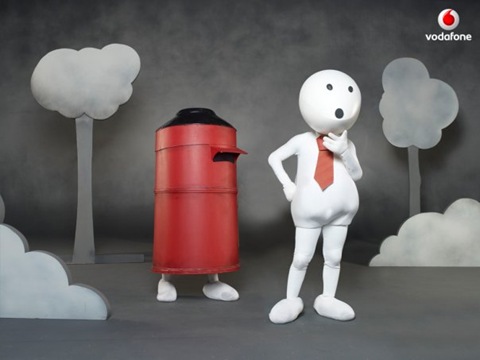
The ads were shot by Bangalore based Nirvana Films in Cape Town, South Africa. Prakash Varma directed the ads.
The ads featuring ZooZoos became a rage among the masses and were an instant hit, followed by huge fan following on their social networking pages. They made a comeback in 2015, wherein the company used them to market their revamped property, ‘My Vodafone App’.
Air India’s Maharajah:
The Maharajah’s reincarnation finally happened! Responding to prime minister Narendra Modi’s call for a redesign of the national airline’s mascot, Air India debuted a younger, slimmer Maharajah.
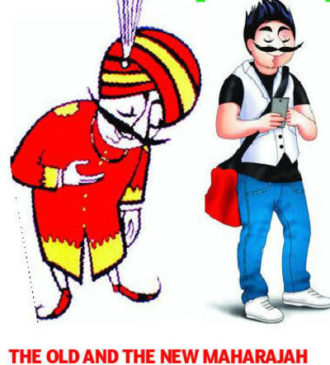
The new avatar has not only shed pounds but also the traditional turban and sherwani, trading it for a vest, blue jeans, trainers and a low-slung satchel. Replacing the Maharajah’s gracious bow, the new version also appears to be idly checking his mobile phone—possibly responding to the critical reactions to his radical makeover on Twitter.
Initially, it was the Maharajah – with hands folded in namaskar and the signature turban – became a promotion tool for Air India. It was created by Bobby Kooka, the then-commercial director of Air India, and Umesh Rao, an artist with J. Walter Thompson in 1946.
7 UP’s Fido Dido:
Fido Dido, the tall, slim and curly haired cartoon man, the face of PepsiCo owned lemon drink 7UP when it debuted in India, is making a comeback through a summer campaign “Back to Cool”. Rendered in black and white, the brand mascot with wiggly strands of hair, will be seen on 7Up bottles as the company plans to leverage the ’90s nostalgia.
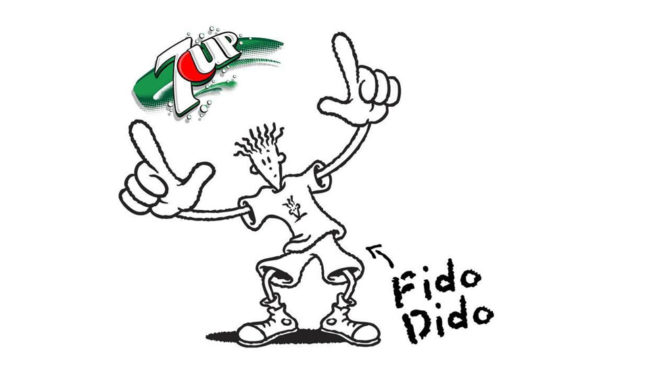
The spiked hair character was created by Joanna Ferrone and her artist friend Sue Rose in 1985 in New Year and was later licensed to 7UP as brand mascot in 1987-88. Created as a clear lime-flavoured drink, 7UP entered India in 1990 and was promoted through the international mascot in its advertising in 1992. With the “Keep it cool” tagline, Fido embodied coolness with his sneakers, loose tee and shorts look. Coupled with the laid-back attitude, he truly became a part of the 90s pop culture.
Nirma Girl:
Remember ‘Hema, Rekha, Jaya Aur Sushma, Sabki Pasand Nirma Washing Powder Nirma? Yes! No one can forget that tune. Clad in a white frilly frock, the ‘Nirma Girl’ remains the most enduring image since 1980s till today and is doing pirouettes on Nirma’s tikiya (washing soap) and washing powder packets.
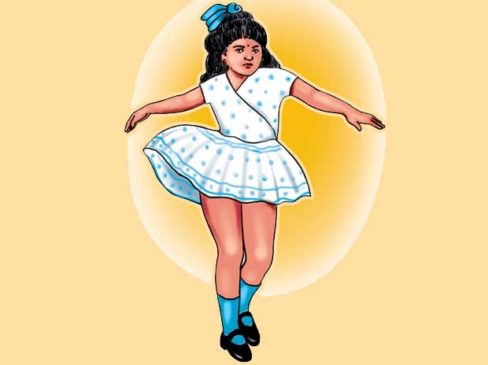
The mascot was conceived in 1985 and Gujarat-based ad agency Purnima Advertising was at the helm of the campaign. It is said that the original Nirma girl was none other than Nirupama, the daughter of Nirma Group’s founder Karsanbhai Patel, who died in a car accident a few years later. Nirma underwent another makeover in its advertisements when it brought on board actor Hrithik Roshan in 2016 for a TVC.



